Bobwhite Quail

Lifespan
4-5 years
Height
12-15 cm
Length
25 cm
Quail Ratio
1 Male to 2-3 Females
The Bobwhite Quail, also known as the Northern Bobwhite or Virginia Quail (Colinus virginianus), known for their distinctive call and charming appearance, can make unique and interesting pets. Bobwhite quail Have long been popular in North America. They require specific care and habitat conditions to thrive in a domestic setting.
Bobwhite Quail Call (Male Call)
Physical Characteristics
How many females to a male
Bobwhites are territorial, especially males. A lower male-to-female ratio helps prevent male aggression and ensures that females aren't subjected to excessive mating attempts, promoting a harmonious breeding environment.
Size
Bobwhite Quail are small birds, typically measuring about 10 inches (25 cm) in length with a wingspan of approximately 14-15 inches (36-38 cm). They generally weigh between 5.1 to 6.0 ounces (145 to 170 grams).
Appearance
Males have a striking white throat and eyebrow stripe bordered by black, while females have a brown throat and eyebrow stripe. Both sexes have a mixture of brown, black and white plumage that provides excellent camouflage in their natural habitat. They have a rounded body, short tail and a strong, curved bill. Their plumage pattern helps them blend in with their surroundings, making them less visible to predators.
Lifespan
In the wild, Bobwhite Quail typically live 1-2 years due to predation and environmental factors. In captivity, with proper care, they can live up to 4-5 years.
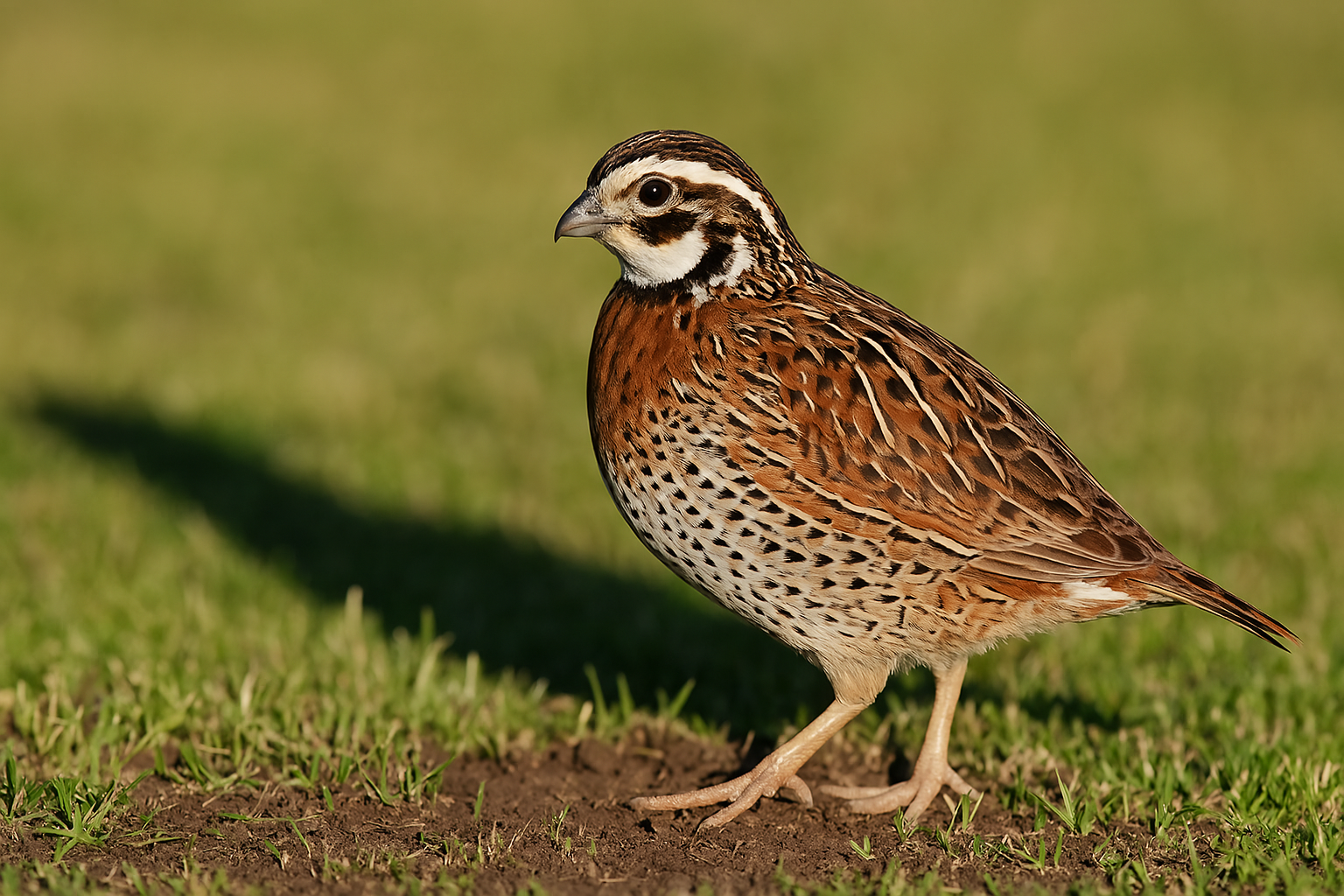
Habitat
Requirements
Bobwhite Quail need a spacious enclosure. An outdoor aviary or a large, secure pen is ideal, providing them with enough room to roam and exhibit natural behaviors.
The enclosure should include sheltered areas to protect them from weather and predators. Dense vegetation, logs, and branches can help mimic their natural habitat.
Use sand, gravel, or dirt as the flooring material. Ensure the enclosure is predator-proof.
Diet
Primary Diet
A commercial game bird feed with 20-24% protein is suitable for Bobwhite Quail. This ensures they receive the necessary nutrients.
Supplements
Fresh vegetables, fruits, and insects (like mealworms and crickets) can be added to their diet for variety and additional nutrition.
Water
Provide fresh, clean water at all times. Use a shallow dish or poultry waterer to prevent drowning.
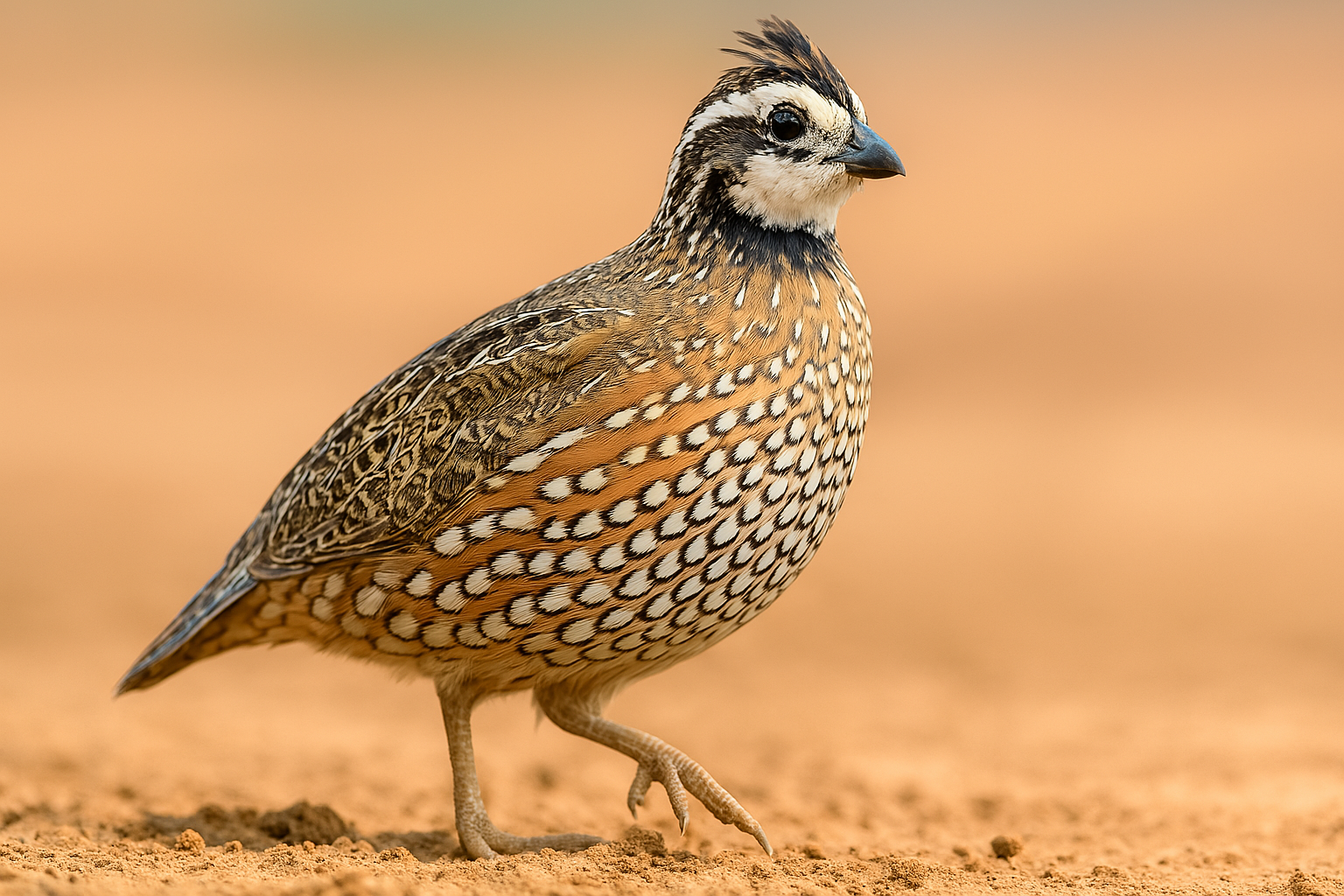
Social Behavior
Group Dynamics
Bobwhite Quail are social and prefer to live in groups called coveys, which consist of 10-20 birds. Keeping them in small groups helps reduce stress and promote natural behaviors.
Handling
They are not as tame as other pet birds and can be skittish. Minimal handling is recommended to avoid stress.
Health and Wellness
Clean Environment
Maintain a clean living space to prevent disease. Regularly clean the aviary, remove waste, and replace substrate as needed.
Health Checks
Monitor the birds for signs of illness, such as lethargy, abnormal droppings, or changes in eating habits. Consult a veterinarian experienced with avian species if health issues arise.
Dust Bath
Provide a dust bath area with fine sand or dust to help them maintain their plumage and reduce parasites.
History
Bobwhite Quail have been inhabitants of North America for millennia, playing roles in the cultures and subsistence practices of various Native American tribes. They were valued for their meat and feathers, used in rituals, ceremonies, and everyday life.
European Colonization
With the arrival of European settlers in the 17th century, Bobwhite Quail became more widely recognized and encountered across the eastern and central parts of the United States. Their adaptable nature allowed them to thrive in agricultural and forested landscapes altered by human settlement.
Sporting Tradition:
During the 19th and early 20th centuries, Bobwhite Quail became popular game birds among hunters, particularly in the southeastern United States. Their swift flight and evasive behavior made them a challenging quarry, contributing to the development of hunting traditions and sportsmanship that continue to this day.
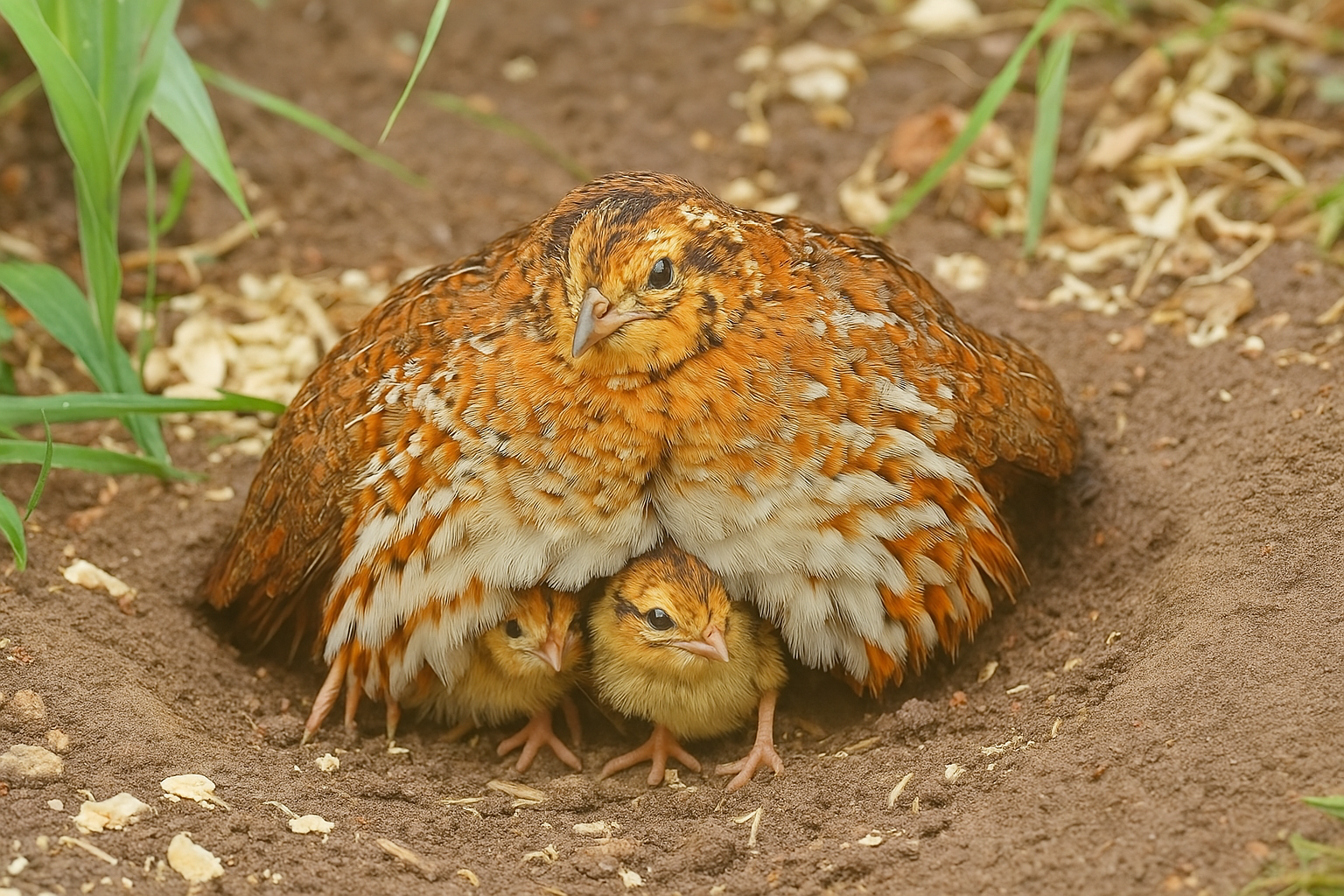
Breeding
Breeding Season
Bobwhite Quail can breed in captivity, typically from late spring through summer.
Nesting
Provide nesting materials like grass and straw. Females lay 12-16 eggs per clutch, with an incubation period of about 23 days.
Quail Chick Care
Brooder Setup
Temperature: Provide a heat lamp or ceramic heat emitter to keep the brooder warm. The temperature should be kept at about 95°F (35°C) for the first week, then gradually reduced by 5°F (3°C) each week until the chicks are fully feathered and can regulate their own temperature.
Feeding
Provide a high-protein game bird starter feed with at least 24-28% protein. This feed is crucial for the rapid growth and development of the chicks.
Feeder and Waterer
Use shallow feeders and waterers to prevent chicks from drowning. Marbles or pebbles can be placed in water dishes to keep chicks safe.
Outdoor Transition
Chicks should be fully feathered before transitioning outdoors, usually around 6-8 weeks of age. This ensures they can regulate their body temperature and are better protected against the elements.
Joining the adults
Integration with Adults
Chicks should be at least 6-8 weeks old before joining the adults. They should be fully feathered and able to regulate their body temperature.
Observe Behavior
Watch for signs of aggression or bullying from the adults. If the chicks are significantly smaller or weaker, they may need more time before integration.
.png)
Fun Fact
Bobwhite Quail are named after their distinctive call, which sounds like "bob-white" or "bob-bob-white." This clear, whistling sound is commonly heard during the breeding season as males call to attract mates and establish their territory. The familiar call adds to the rustic charm of rural areas where these birds are found.
In this article
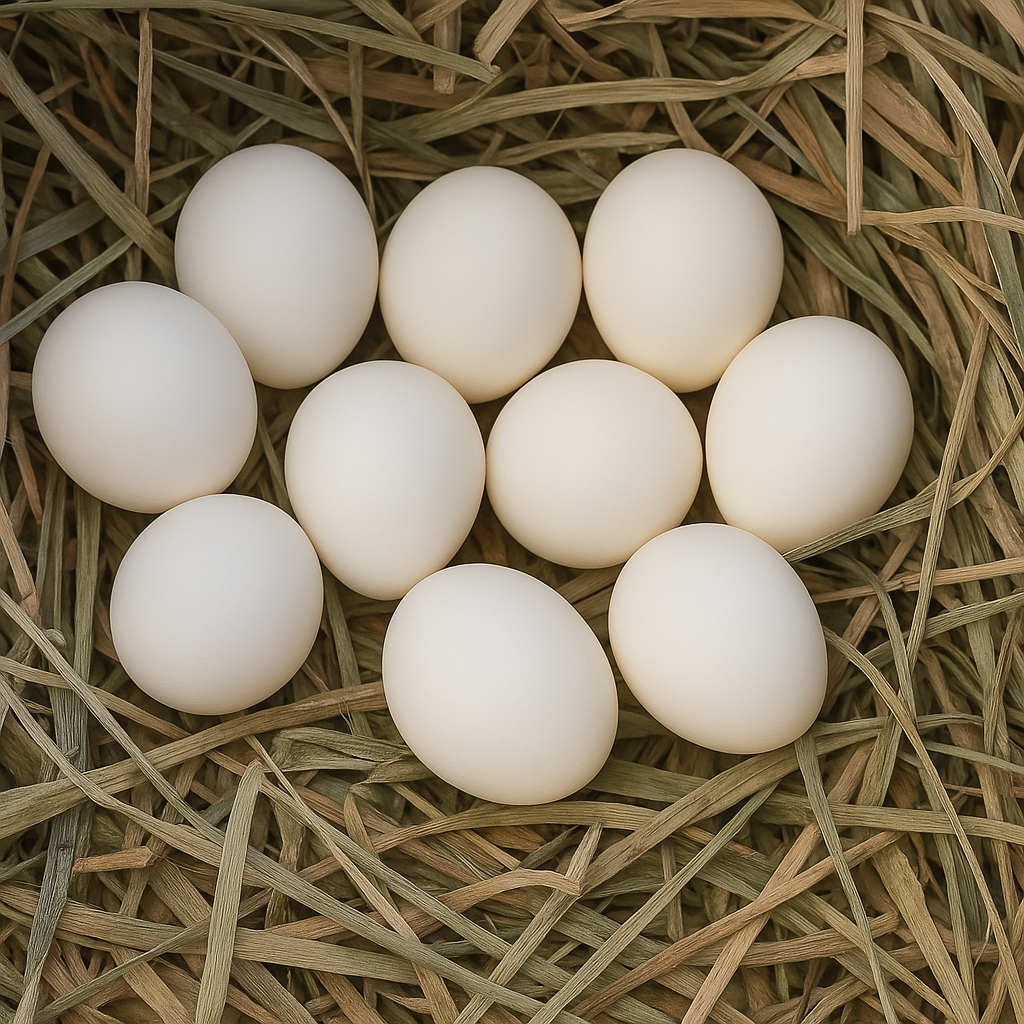
Eggs
Bobwhite quail lay small, smooth eggs that are typically white or creamy in color. The eggs are oval-shaped and slightly glossy, measuring about 1 to 1.2 inches (2.5–3 cm) in length. A single female usually lays between 10 and 16 eggs in a shallow ground nest made of grass and leaves, well-hidden in vegetation.
Legal Considerations
Check local laws and regulations regarding the keeping of quail. Some areas may have specific requirements or restrictions.
Permits
In some regions, permits may be required to keep or breed quail.
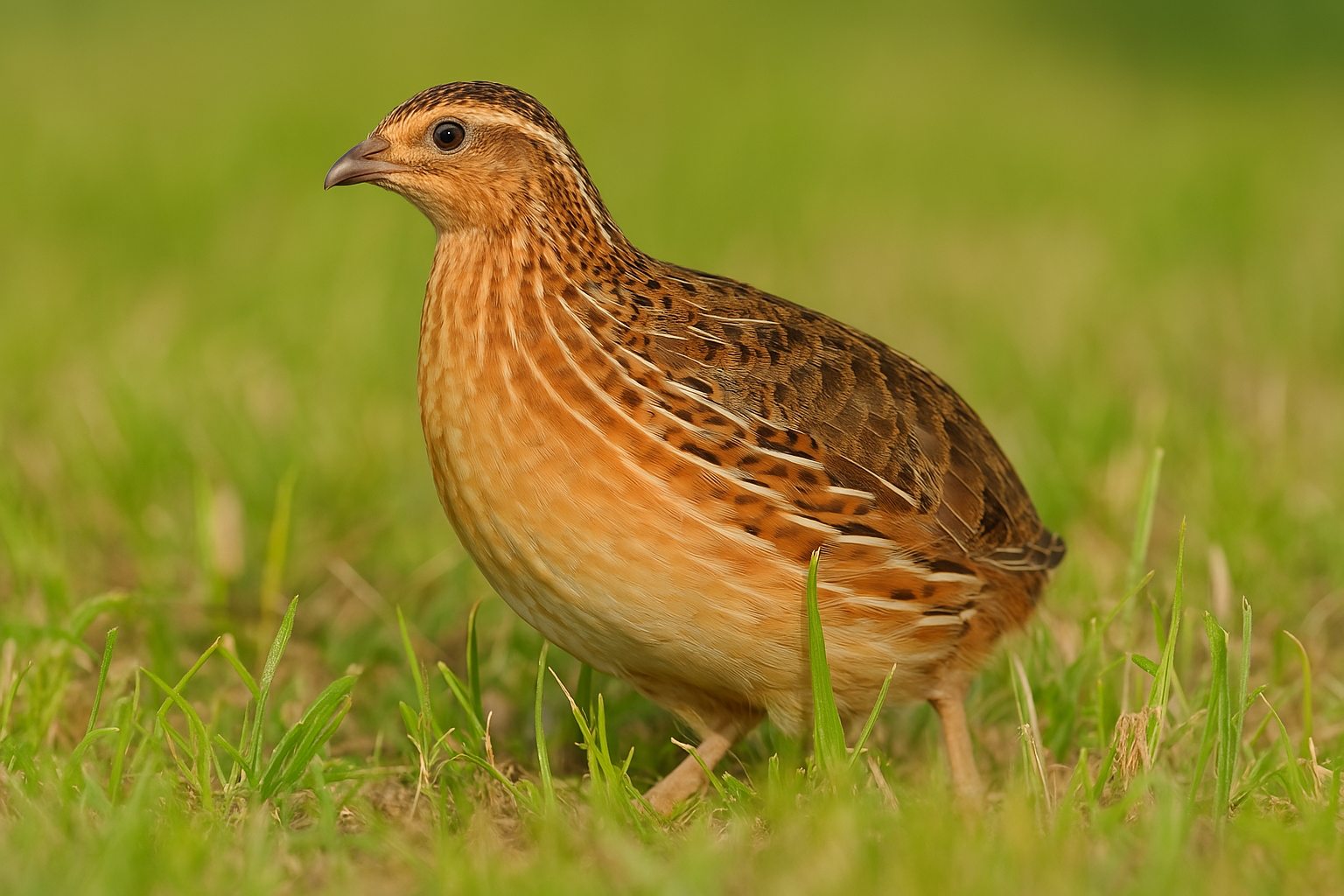
Common Quail
Keeping the Common Quail (Coturnix coturnix) as a pet can be challenging due to its migratory nature, natural behaviors, and specific care requirements. While they are primarily kept for agricultural purposes in some regions, providing suitable conditions for them as pets requires careful consideration.
Read more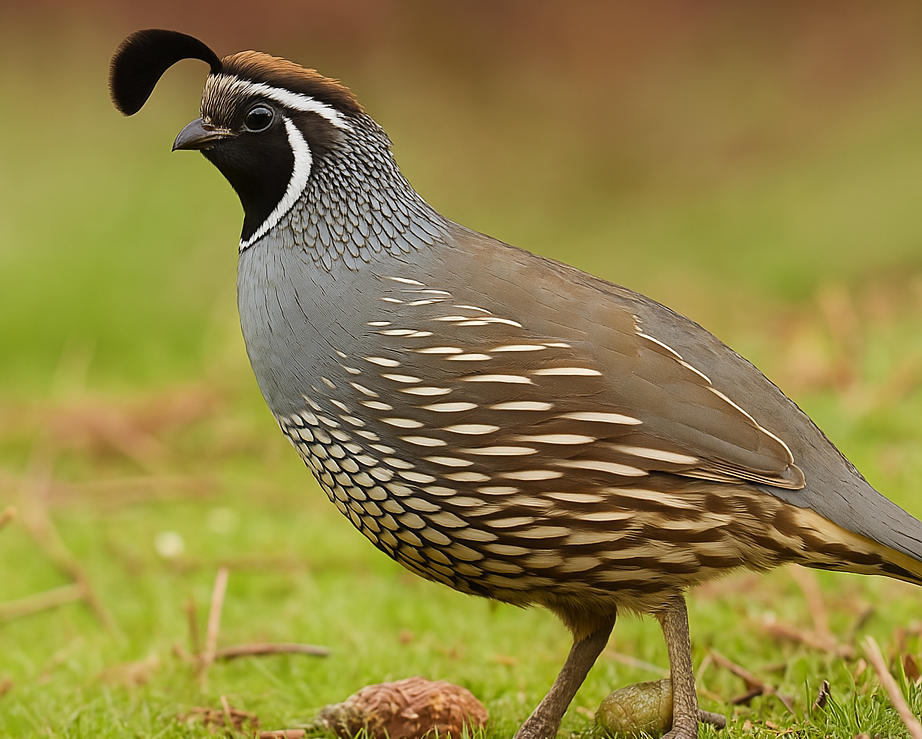
California Quail
The California Quail (Callipepla californica) is a charming and distinctive bird known for its plump body, beautiful plumage, and characteristic head plume, often referred to as a "topknot." These birds are native to the western United States but can be kept as pets with proper care and attention. Here's a comprehensive look at keeping California Quail as pets
Read more
Jumbo Celadon Quail
Jumbo Celadon Quail, also known as Coturnix quail, are a popular breed among poultry enthusiasts due to their distinctive blue or light green eggs, larger size, and efficient egg production. They are a selectively bred variety of the standard Coturnix quail, known for their increased body weight and unique egg coloration.
Read more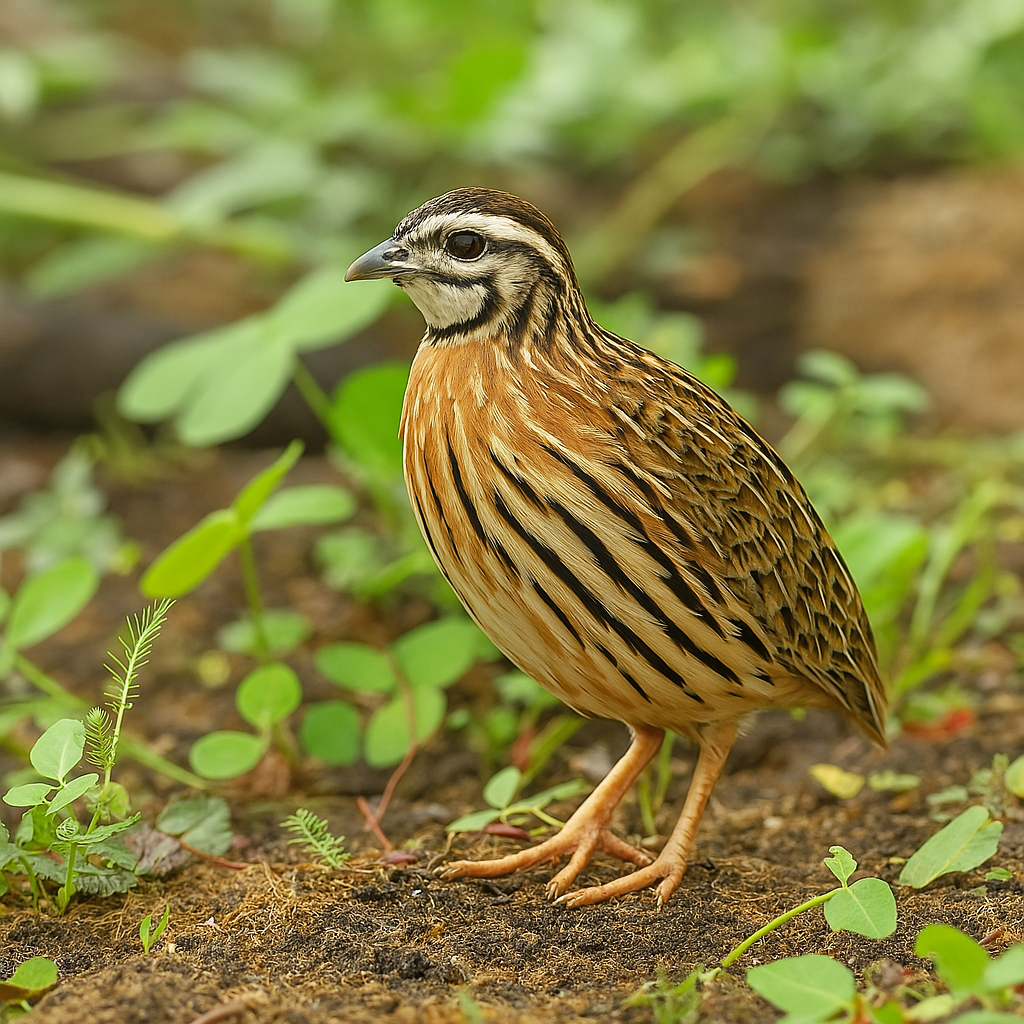
Rain Quail
Keeping Rain Quail (Coturnix coromandelica) as pets can be a rewarding experience for bird enthusiasts, although they require specific care to thrive in captivity. Here’s what you need to know about keeping Rain Quail as pets:
Read more